Industry information
Company News
- Curtain wall aluminum veneer: a fashionable outerwear for modern architecture
- Modern interpretation of carved aluminum veneer: the art of time carving
- Quality inspection and control of aluminum veneer
- Unveiling the Charm and Value of Aluminum Veneers in Curtain Walls
- The secret of aluminum veneer: it's not just about appearance
Industry dynamics
- Fluorocarbon aluminum veneer: the fashionable choice for modern architecture?
- The unique charm of art space column carving aluminum veneer in indoor and outdoor decoration
- Aluminum veneer curtain wall, the fashionable outerwear of modern architecture
- Lightweight and elegant, showcasing exquisite style - perforated carved aluminum veneer achieves the perfect combination of architecture and nature
- Production cost and price of aluminum veneer
Frequently asked questions
- What are the product characteristics of aluminum veneer?
- What is the sales market for aluminum veneer?
- What conditions are required for the production of aluminum veneer?
- What is the processing and manufacturing process of aluminum veneer?
- What is the future market development trend of aluminum veneer?
contact us
Mobile:+86 15627778610
Email: 2201229786
Address: No. 5 Binjiang Road, High tech Zone, Zhaoqing City, Guangdong Province
The application of aluminum veneer in the construction decoration industry
- Author: Supreme Building Materials (Guangdong) Co., Ltd
- Release time: February 24, 2025 10:47:36
- Click:0
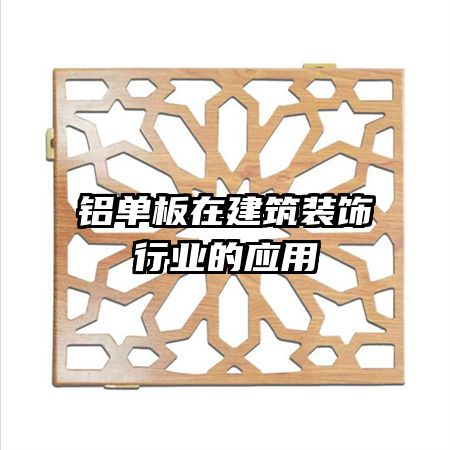
The application of aluminum veneer in the construction decoration industry
Abstract: Aluminum veneer is a lightweight, durable, and aesthetically pleasing building material widely used in the construction and decoration industry. This article will elaborate on the application of aluminum veneer in the building decoration industry from four aspects.
1、 Design flexibility
1. Aluminum veneer has strong plasticity and can be customized and processed according to the designer's creativity to adapt to various architectural forms. For example, different patterns and shapes can be created through punching, cutting, and other methods to add a unique artistic atmosphere to buildings.
2. Aluminum veneer comes in a variety of colors and can be painted according to architectural style and requirements to achieve personalized appearance effects. At the same time, the surface of aluminum veneer can also be treated with spraying, printing, and other techniques to enhance the visual appeal of the building.
3. The splicing methods of aluminum veneer are flexible and diverse, which can achieve decorative effects on flat, curved, and even three-dimensional surfaces. This provides architects with more design space, making buildings more artistic and creative.
2、 Weather resistance and corrosion resistance
1. Aluminum veneer has excellent weather resistance and can resist the erosion of natural environments such as sun exposure, wind blowing, and rain. Its surface has been specially treated to have antioxidant and corrosion-resistant properties, which can effectively extend its service life.
2. Aluminum veneer has outstanding corrosion resistance and can maintain stability for a long time in harsh environments such as humidity, acidity, and alkalinity. This makes aluminum veneer an ideal building decoration material in coastal areas and industrial zones that are susceptible to corrosion.
The weather resistance and corrosion resistance of aluminum veneer not only reduce maintenance and replacement costs, but also maintain the long-term aesthetic appearance of buildings and increase their value.
3、 Thermal insulation and noise reduction effect
1. Aluminum veneer has good insulation effect, which can effectively block the conduction of high and low temperatures inside the building. Through reasonable design and installation, the energy consumption of buildings can be reduced and indoor comfort can be improved.
The material structure of aluminum veneer can absorb and isolate noise, playing a certain role in noise reduction. This enables buildings using aluminum veneer as exterior wall decoration material to reduce the interference of external noise on indoor living and working environments.
The insulation and noise reduction effects of aluminum veneer are particularly important in cities, providing a more livable living and working environment and improving people's quality of life.
4、 Environmental protection and sustainable development
Aluminum veneer is a recyclable green building material, mainly composed of aluminum alloy, with the potential for recycling. By reasonable disassembly and recycling, resource waste and environmental pollution can be reduced.
The production process of aluminum veneer generates relatively less waste gas, wastewater, and solid waste, and adopts energy-saving and environmentally friendly production technologies to reduce adverse environmental impacts.
The application of aluminum veneer can reduce energy consumption and improve the energy efficiency of buildings. This is in line with the current society's requirements for energy conservation, emission reduction, and sustainable development.
5、 Summary:
Based on the above analysis, it can be concluded that aluminum veneer has a wide range of application prospects in the building decoration industry. Its design flexibility, weather resistance and corrosion resistance, insulation and noise reduction effects, as well as environmentally friendly and sustainable development characteristics, make it an ideal building decoration material. In the future, with the continuous innovation and development of technology, the application of aluminum veneer in the field of architectural decoration will become more diversified and widespread.
- previous page:Production process and flow of aluminum veneer
- Next page:Production cost and price of aluminum veneer

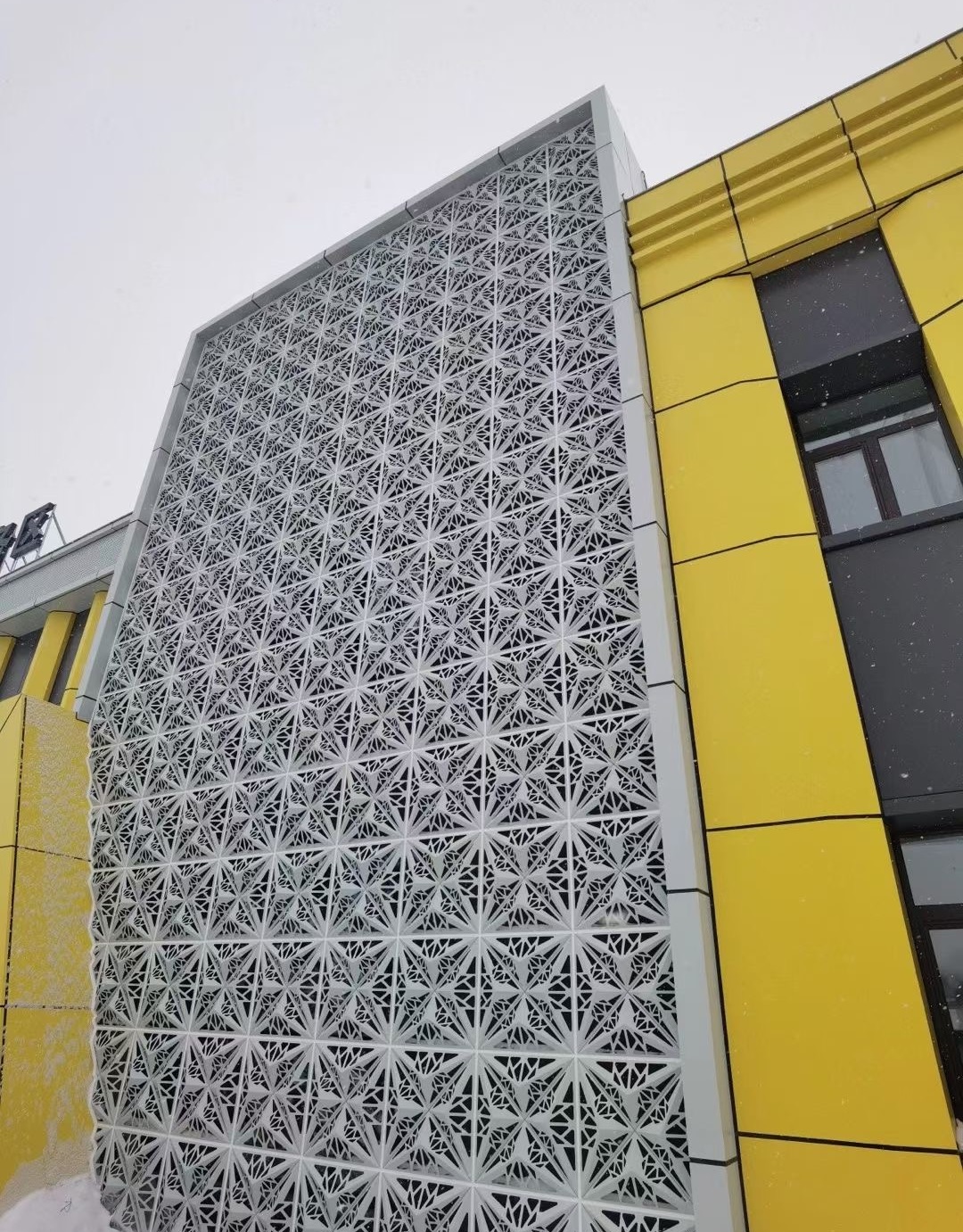
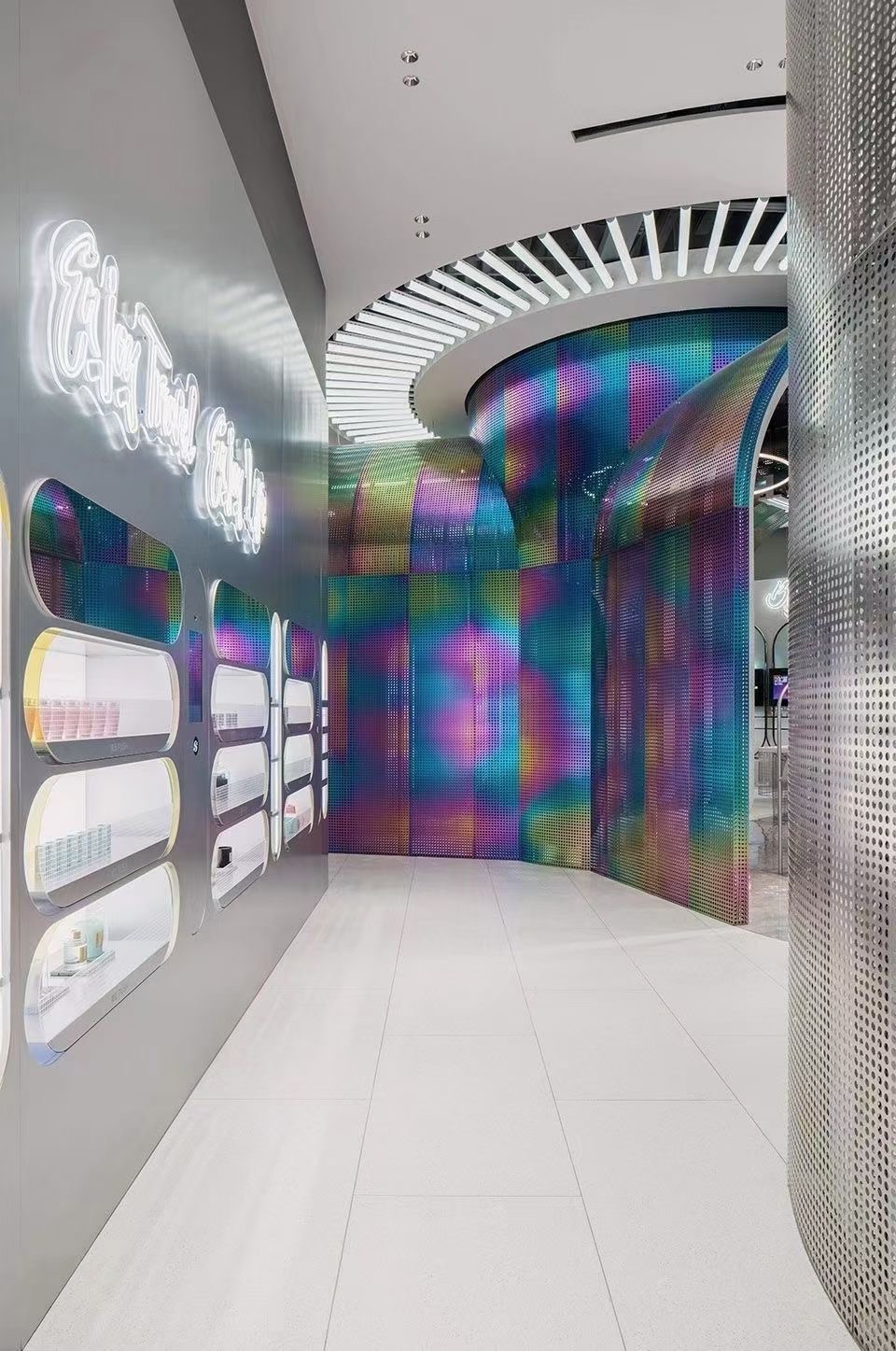
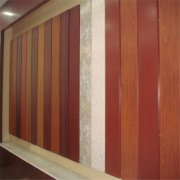

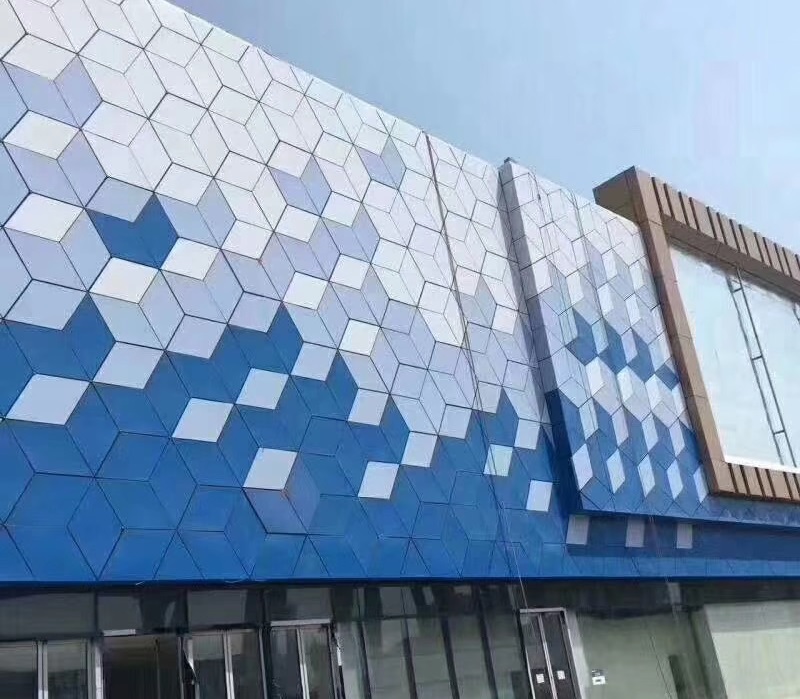
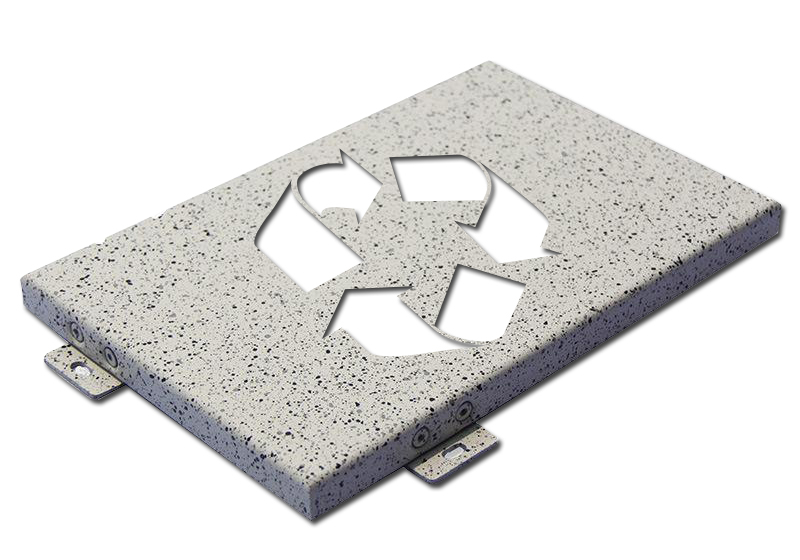
 Customer service QQ
Customer service QQ